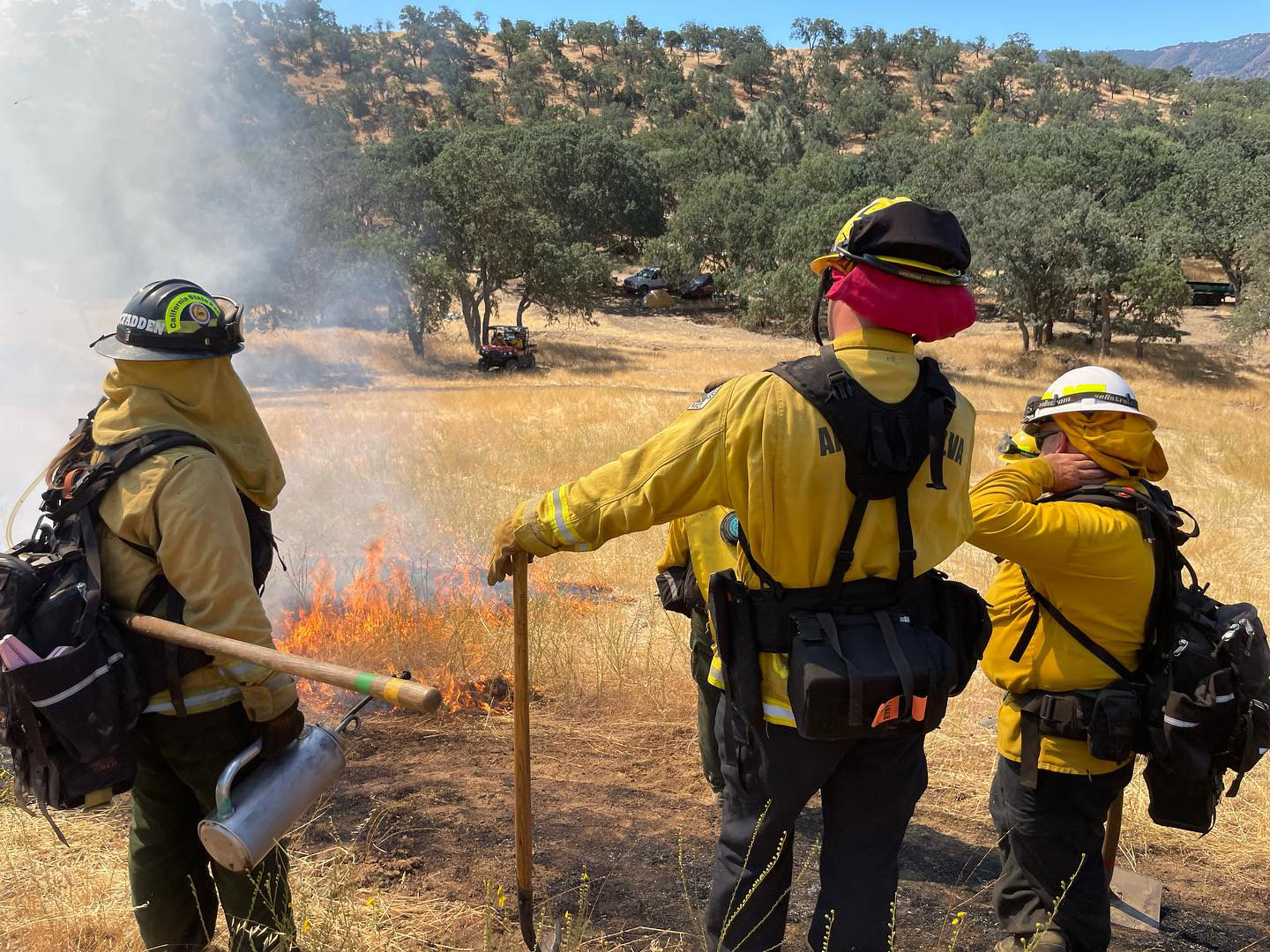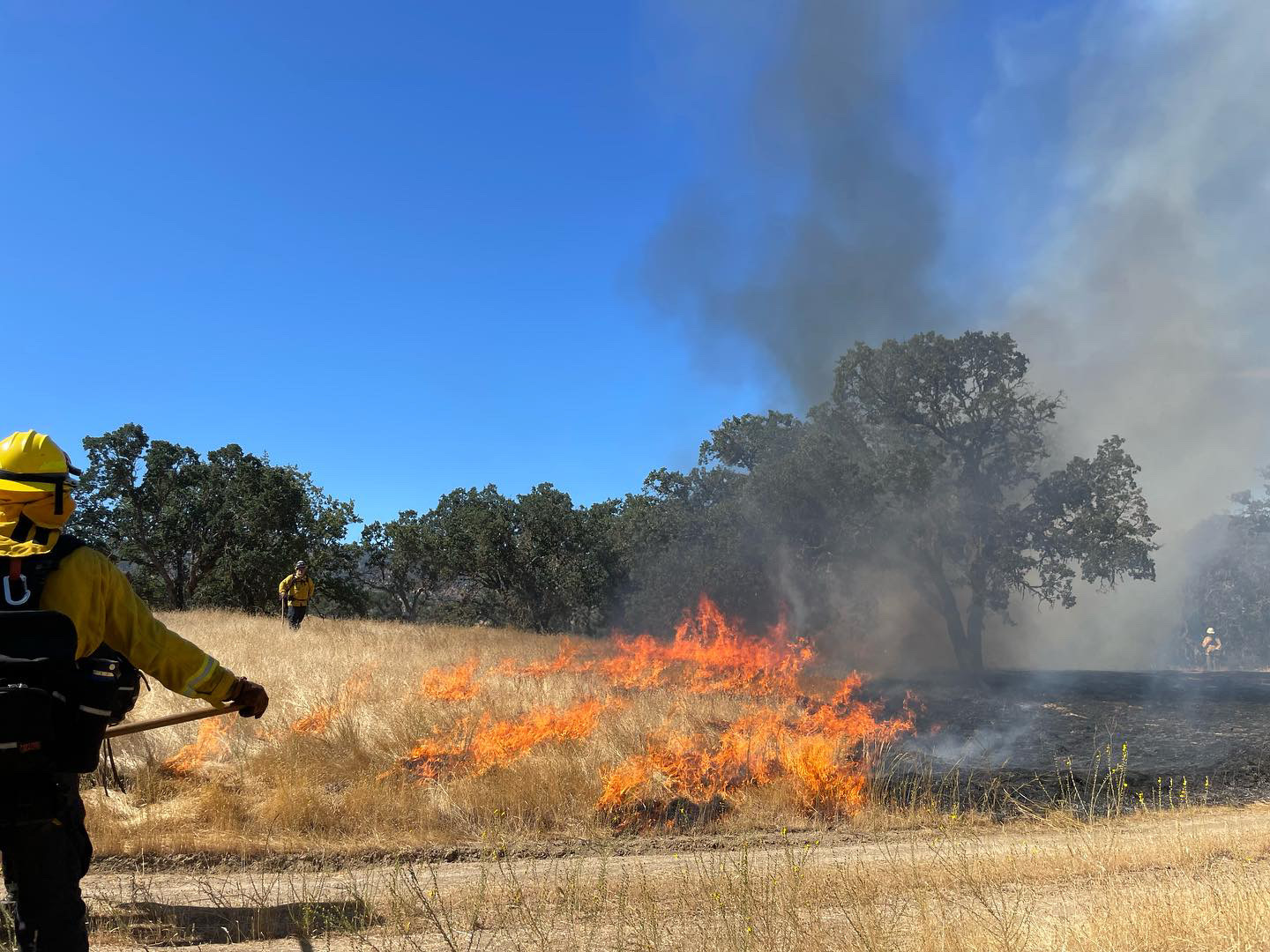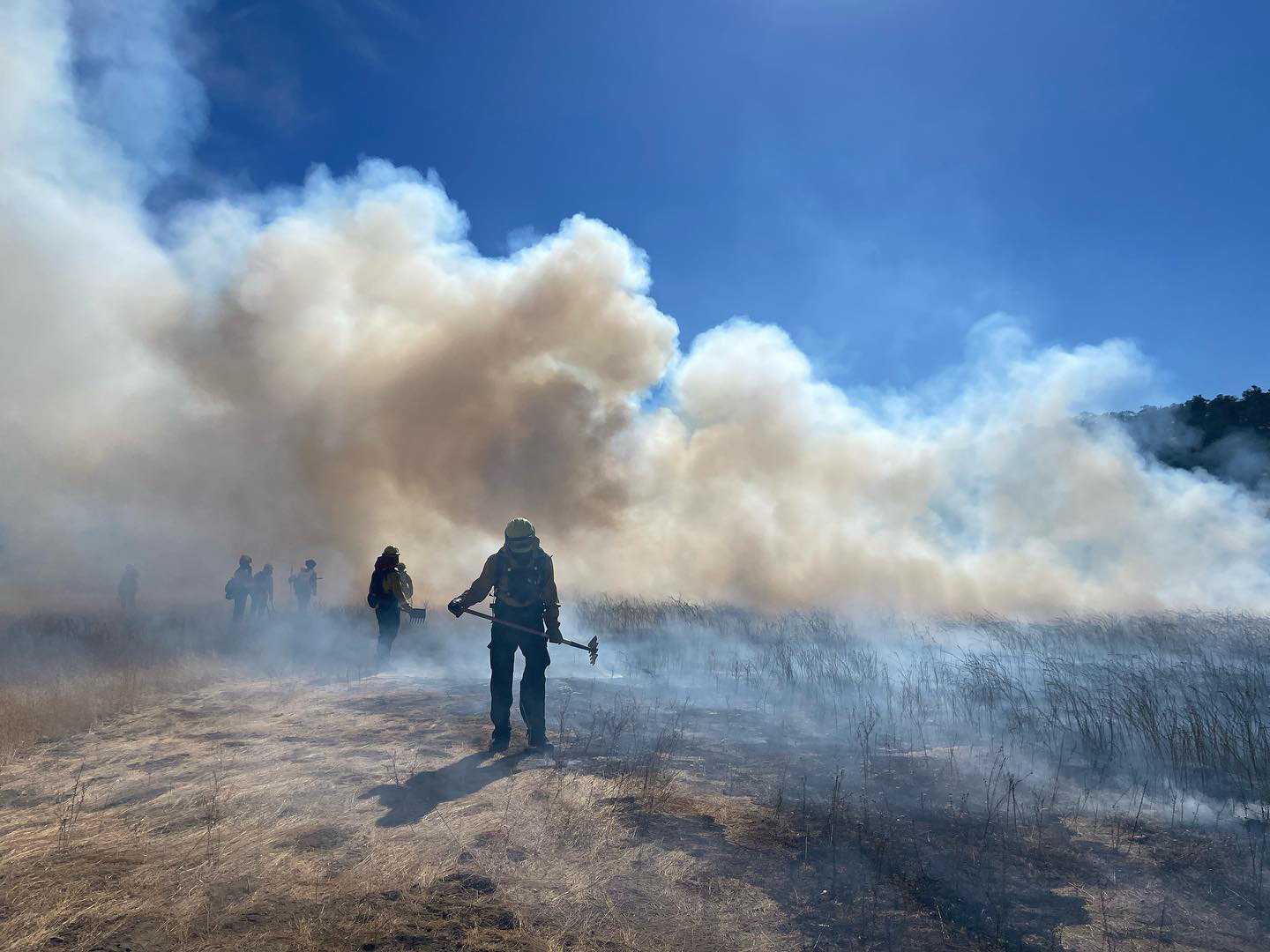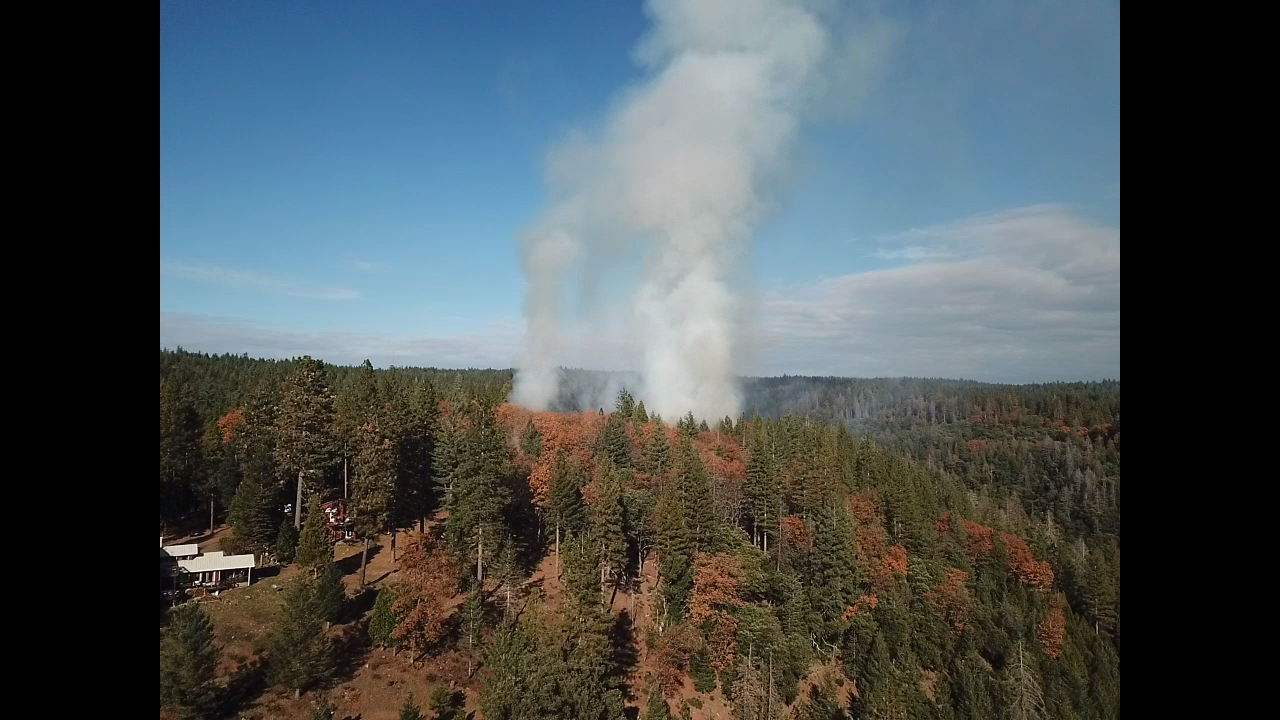In the realm of land management and conservation, prescribed fire emerges as a powerful and essential tool. Also known as controlled or planned burning, prescribed fire involves the intentional ignition of vegetation under specific conditions to achieve ecological and land management goals. This age-old practice, employed by indigenous communities for centuries, is gaining renewed attention and recognition for its myriad benefits in contemporary conservation efforts.
- Ecosystem Restoration:
Prescribed fire plays a pivotal role in restoring and maintaining healthy ecosystems. Many landscapes have evolved with periodic fires, and the absence of such natural events can lead to overgrowth, accumulation of dead vegetation, and increased susceptibility to wildfires. By reintroducing controlled burns, land managers can mimic the natural process, promoting biodiversity and rejuvenating native plant species.
- Wildlife Habitat Improvement:
Numerous wildlife species depend on fire-maintained habitats for their survival. Certain plants release seeds only when exposed to the intense heat of fire, and some animals rely on newly sprouted vegetation for food. Prescribed fire creates a mosaic of habitats with varying stages of vegetation growth, catering to the diverse needs of wildlife populations.
- Invasive Species Control:
Invasive plant species often outcompete native vegetation, disrupting ecosystems and reducing biodiversity. Prescribed fire can be a potent weapon in the fight against invasive species, as many native plants are better adapted to withstand and recover from controlled burns than their non-native counterparts. This helps restore the balance of ecosystems and curb the spread of invasives.
- Reducing Fire Hazards:
By strategically burning under controlled conditions during favorable weather, prescribed fire can mitigate the risk of uncontrolled wildfires. Removing excess vegetation and reducing the accumulation of flammable materials act as a proactive measure to protect communities and property from the devastating impacts of large-scale wildfires.
- Promoting Forest Health:
In forested ecosystems, prescribed fire helps maintain a healthy balance between vegetation, preventing the overcrowding that can lead to disease and insect infestations. By mimicking the natural role of fire, land managers can foster resilient forests that are better equipped to withstand various environmental challenges.
- Carbon Management:
Prescribed fire contributes to carbon management by influencing the carbon cycle in ecosystems. While the combustion of vegetation releases carbon dioxide into the atmosphere, the regrowth of vegetation and the overall health of the ecosystem can sequester carbon. Properly managed prescribed fires can play a role in maintaining a net carbon balance within ecosystems.
Conclusion:
Prescribed fire is a multifaceted and adaptive tool that, when applied with careful planning and consideration, offers a myriad of benefits for ecosystems, wildlife, and communities alike. Embracing this age-old practice in modern land management strategies is crucial for maintaining the delicate balance of our planet's diverse ecosystems and ensuring their resilience in the face of evolving environmental challenges. As we move forward, acknowledging the role of prescribed fire as a powerful ally in conservation efforts will be instrumental in shaping a sustainable and harmonious coexistence between humans and the natural world.




